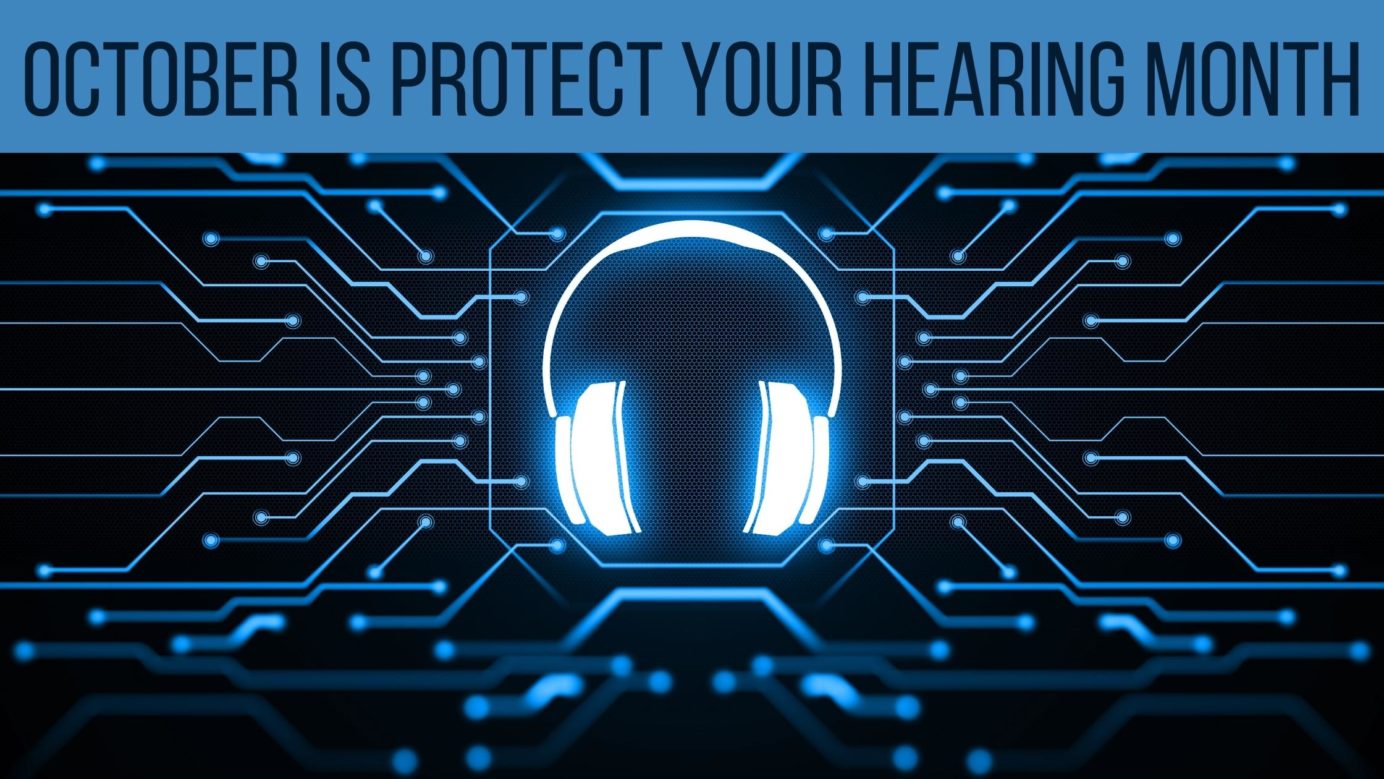- Working with Hearing Loss - May 26, 2023
- Earbud Use Could Harm Your Hearing - May 19, 2023
- Why Pretending to Hear Doesn’t Help - May 2, 2023
Hearing is a remarkable ability of the ears and body to perceive pressure waves of sound and to transmit that sound into meaningful thought. With such an incredible ability in mind, it is important not to take this perception for granted. Though we might be used to responding to the world in the ways that are familiar, our bodies are fragile and in need of protection. The ears are no exception. The inner workings of the ears make it possible to detect the slightest differences between sounds, making us able to recognize the subtleties of speech and connotations of communication.
Each October is “Protect Your Hearing Month,” and this year is a great opportunity to take a closer look at how hearing works. When we better understand this process, we can become attuned to the sensitivity of the inner ear, making it vulnerable to damage. Understanding the fragility of the ear is a great way to encourage ourselves and others to take protection seriously.
Sound Sensitivity and Ear Fragility
When sound waves send pressure to our ears, they are engaged in a ripple effect of air particles bumping up against one another in a chain reaction. Much like ripples on the surface of still water, these waves radiate from a sound source to the entrance of the ear. What might seem like a cluster of compressed air particles is in fact a wealth of information in the pathway from the air to the brain. Each part of the ear from the curves of the outer ear to the auditory nervous system is acutely able to transmit the complexity of sonic information.
Take, for instance, the tympanic membrane, or eardrum. This structure responds to the pressure it feels in the air and enhances, or amplifies, that pressure into something that can send ripples through fluid. The inner ear is a fluid-filled chamber that allows these ripples to be detected by tiny hairlike organelles called stereocilia. These hair cells are sensitive to slight differences in the frequency of wave patterns in the fluid. When they detect a particular speed of these waves, they convert that energy into an electrical impulse. This tiny jolt of electricity is passed through the auditory nervous system to the brain where it can be transformed into meaningful thought. This awesome process relies on the precise sensitivity of the stereocilia to detect differences between one sound wave and another. Without this ability to detect slight differences, our brains would not receive the complex information necessary to convey the subtleties of meaning in spoken language.
Hearing Damage and Protection
That same sensitivity that makes the ears remarkably able to identify a voice over a telephone, note a sarcastic tone of speech, or imagine the region of a person’s birth based on their language accent is the same sensitivity that makes them prone to damage. When too much sound pressure is experienced for a duration of time, the stereocilia can be bent, broken, or otherwise damaged. According to current medical technology, this damage is unfortunately permanent. What can be done?
Audiologists and hearing health professionals point toward protection and healthy hearing habits to keep the ears from experiencing damage in the first place. Wearing hearing protection in loud environments is a crucial way to limit the sound pressure that enters the ears. These simple foam earplugs take down the total decibel level of sound, protecting the stereocilia from being inundated by that sound.
In addition to basic earplugs that you can buy over the counter, custom-fitted ear molds are available, as well. These devices have many benefits. In the first place, they provide a tighter seal around the curves of the ear canal, preventing sound pressure from seeping into the inner ear chamber. Many of these devices also include different types of noise attenuation for different purposes. By precisely dialing in the types of sound that are desirable or damaging, one can listen to music in a loud venue and carry on a conversation with a neighbor while cutting down the damaging frequencies that cause hearing loss.
If you are interested in this type of hearing protection, don’t hesitate to contact us today!

